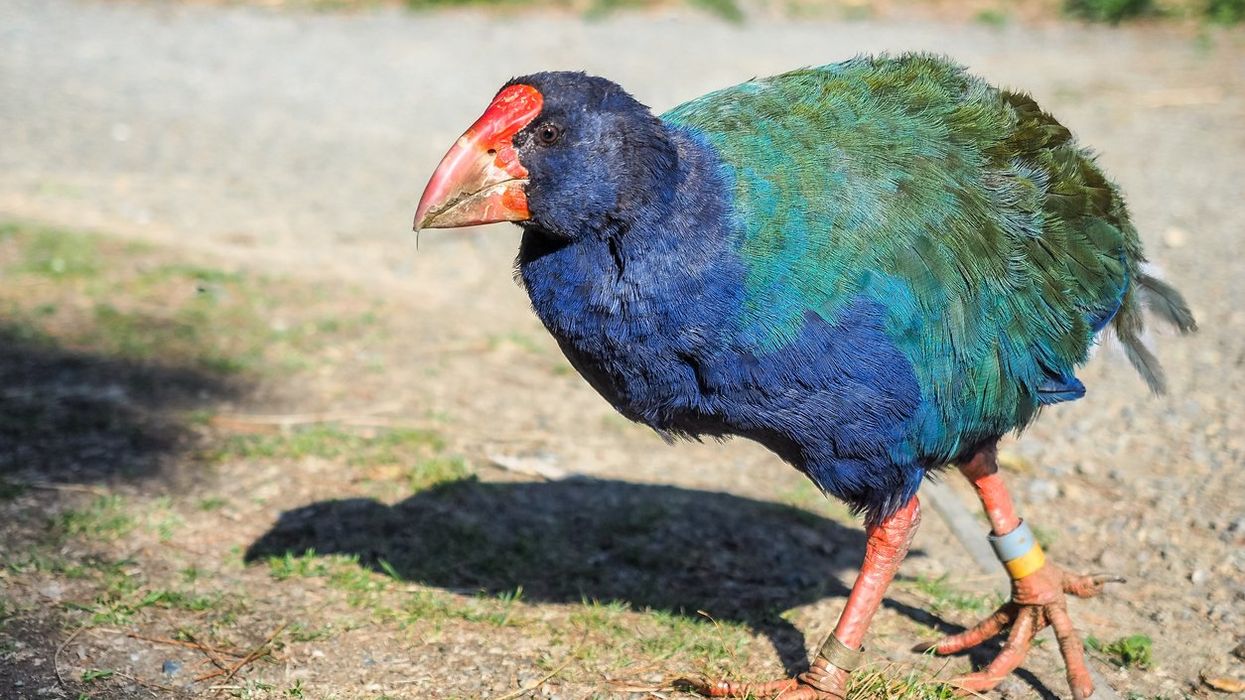
A bird thought to be extinct has been spotted for the first time in years thanks to the efforts of conservationists.
Eighteen takahē: a large, flightless bird, were released in the Lake Whakatipu Waimāori valley, in New Zealand last week.
The birds had been formally declared extinct in 1898, because of being attacked by European settlers’ animal companions: stoats, cats, ferrets and rats.
After their rediscovery in 1948, their numbers are now at about 500, growing at about 8 per cent a year.
Takahē evolved without native land mammals surrounding them, and adapted to fill the ecosystem niches that mammals would occupy.
They are around 50cm tall, spherical with blue-green plumage and red legs, and live in the mountains. They date back to at least the prehistoric Pleistocene era, according to fossil remains.
Initially, conservationists gathered and artificially incubated the eggs, to prevent them from being eaten by predators.
Now, the Department of Conservation (DOC) has introduced them to a few island sanctuaries and national parks, where they are protected carefully.
Now someone just needs to find some dodos and dinosaurs.
Sign up to our free Indy100 weekly newsletter
Have your say in our news democracy. Click the upvote icon at the top of the page to help raise this article through the indy100 rankings.













